In This Article
- #1: Banana peel
- #2: Citrus rinds
- #3: Vegetable mesh bags
- #4: Broccoli stems
- #5: Onion and garlic skin
- #6: Dried bread
- #7: Pineapple tops
- #8: Potato peels
- #9: Watermelon rinds
- #10: Butter wrappers
- #11: Crushed egg shells
- #12: Apple peels
- #13: Green onion stems
- #14: Paper towel rolls
- How to turn kitchen waste into compost?
Did you know that India is getting buried under mounds of garbage as the country has been generating more than 1 lakh metric tonne of solid waste every day? Every time you eat a banana, do you just toss the peel into the dustbin (like me)? Maybe it’s time for us to realise that the lifecycle of your vegetables and fruit shouldn’t just be from the fridge to tummy to bin. You can be a cleanliness warrior right inside your home, by learning how to reuse kitchen waste.
If you’re already segregating waste, kudos to you. But, we bet there is still a lot of kitchen waste—read peels and shells—that’s going in the garbage can, no matter how hard you try to reuse and recycle. So we are going to tell you some very useful ways in which you can use all of this in your daily life. And we’ll teach you how to compost too!
#1: Banana peel
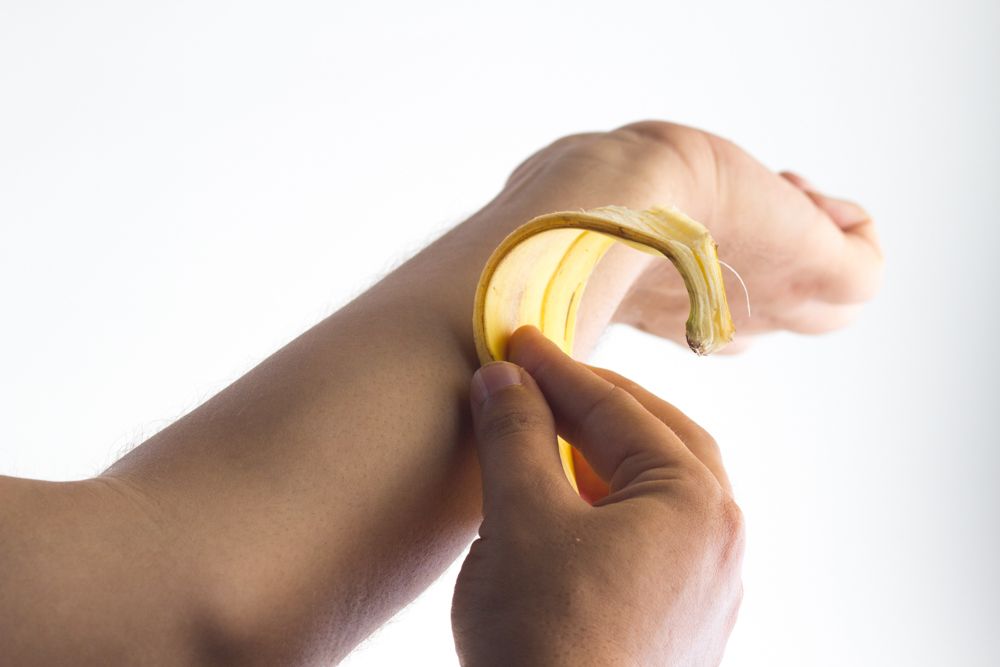
Use your banana peels to polish the leaves of plants at home or rub them on your leather shoes to make them as good as new. You could also skip the harsh chemicals and polish your expensive silverware with banana peels to make them sparkle. Oh! And you could also use them as teeth whiteners.
#2: Citrus rinds
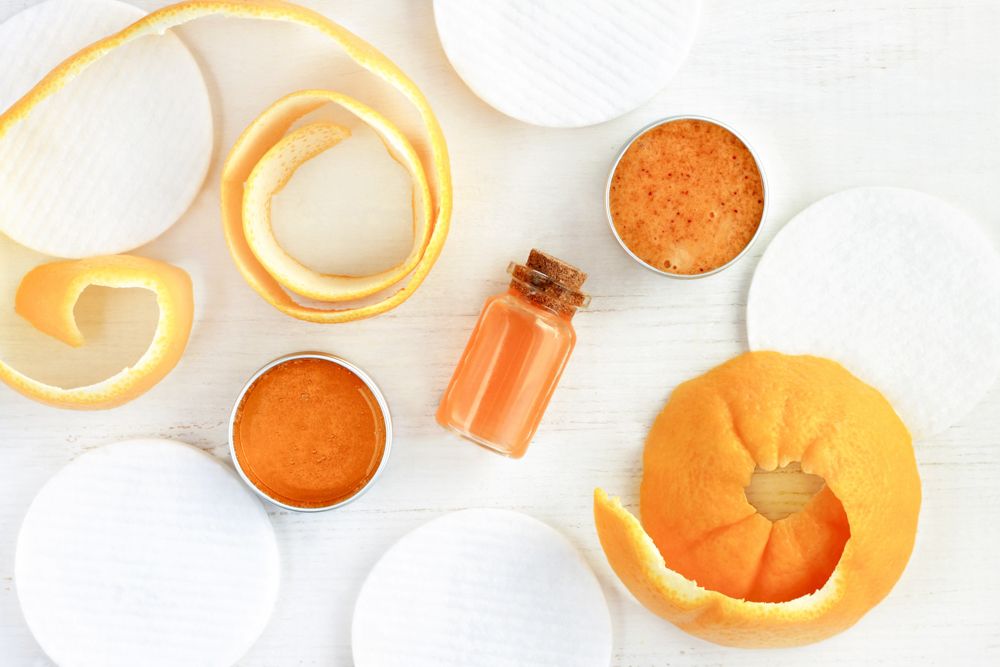
You should know by now that the goodness of an orange lies in its peel. Since time immemorial, people have been using ground orange peels for their skincare regimen. You could chew on an orange peel or two to alleviate bad breath or throw a few peels into your garbage disposer to de-stink it. Now that’s a smart way to reuse kitchen waste, isn’t it?
But my personal favourite is using lemon peels to infuse liquor. Lemon brandy anyone?
#3: Vegetable mesh bags
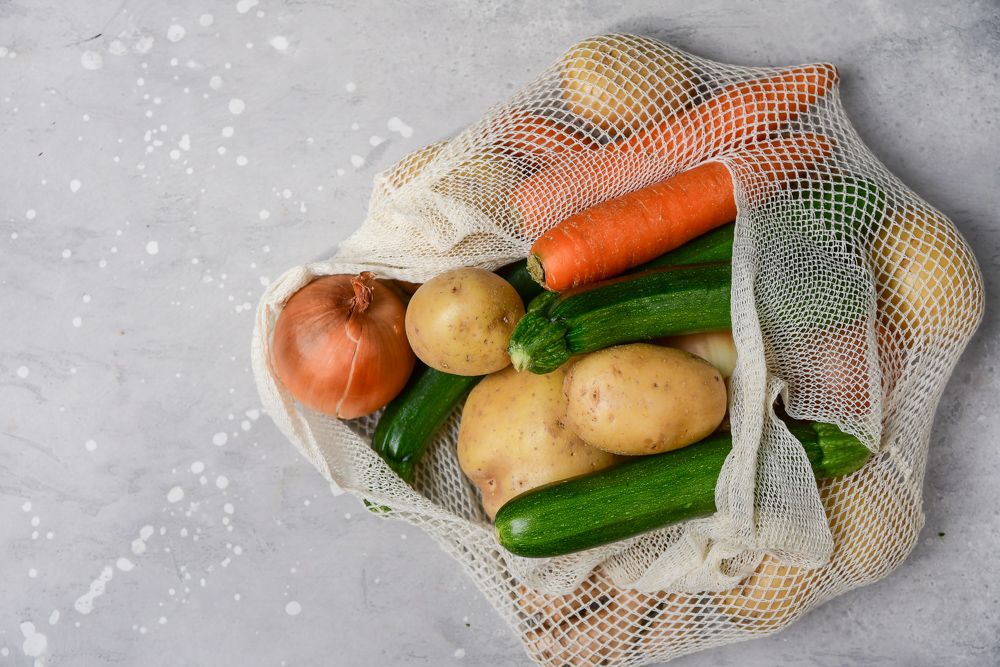
All of us at some point in our lives have been too lazy to buy veggies from the mandi and have ordered groceries online or have bought imported fruit that are nicely packaged in presumably useless mesh bags. Well, those mesh bags are a boon for unruly oil stains and burns on your vessels.
Alternatively, you could use these mesh bags as an innovative gift wrapping solution. Do not throw them away!
#4: Broccoli stems
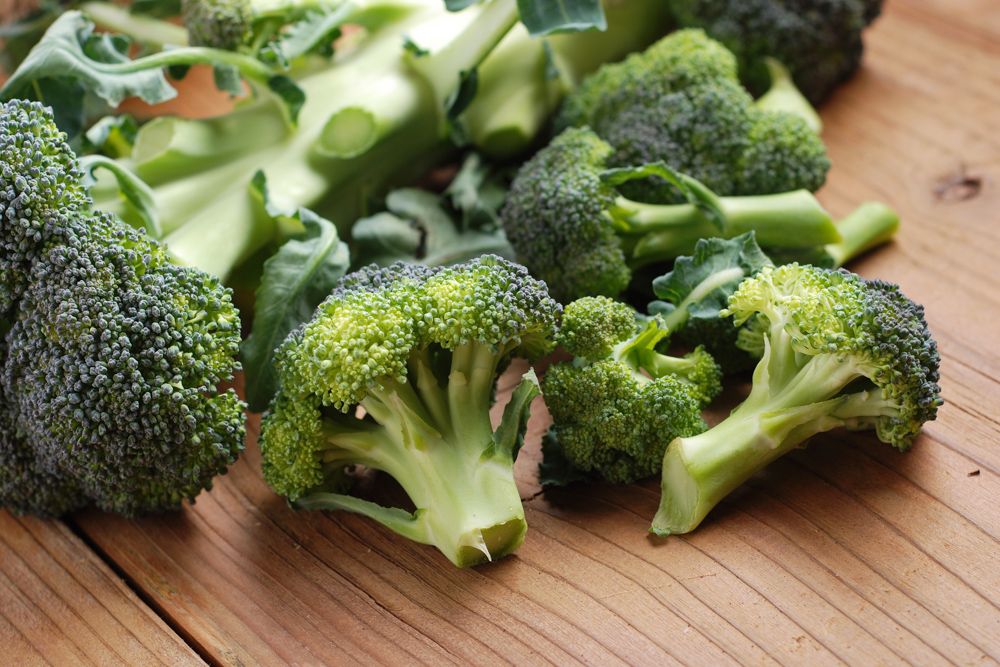
Broccoli, undoubtedly, is one of the most antioxidant-rich vegetables that one could consume. But besides the numerous ways to savor broccoli florets, there are equally innumerable ways in which the stem could be utilised. Broccoli stalks are a great option to reuse kitchen waste as have tons of nutritional value and you could make a nutrient-rich raw snack or soup out of it, among a host of other dishes.
#5: Onion and garlic skin

What’s a good dish without hints of onion and garlic?
Indian homes swear by these two ingredients, which in turn gives way to heaps of onion and garlic skins in the kitchen waste. Instead of throwing away the skin, reuse this kitchen waste to make delicious homemade soup stock, since the skin holds more nutritional value.
#6: Dried bread
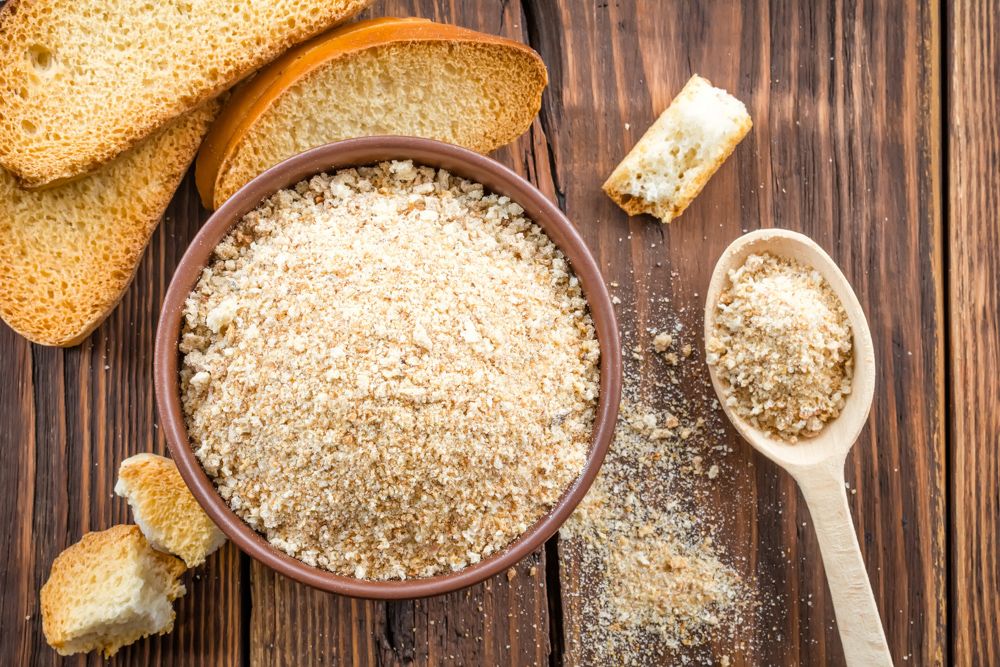
Still buying breadcrumbs from the nearby departmental store? We have good news for you. If your little one hates his/her bread with the sides, just chop them off and refrigerate it in a container. Grind it to make breadcrumbs when needed. This is a sure shot way to make crispy fried stuff! Another great way to reuse kitchen waste, right?
#7: Pineapple tops

This yummy tropical fruit is available round the year but its peak season is during the summer. We love the juicy and tangy taste of this delectable fruit. But did you know you could grow this in your own kitchen? Just save the top of your pineapple and plant it in your garden to grow your own pineapples.
#8: Potato peels
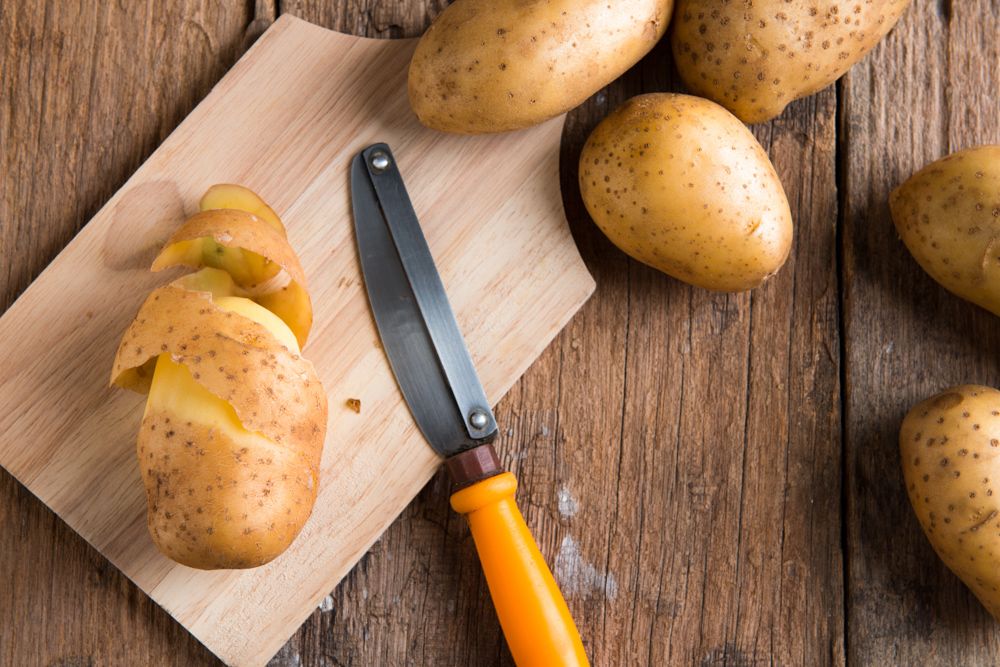
Save those potato peels the next time you make your favourite fries. A way to reuse this kitchen waste is to apply it directly on sore eyes, burns, boils, and infections. Potato peels inhibit bacteria from infecting the wound further. You can also rub potato peels on your sunburns for relief.
#9: Watermelon rinds
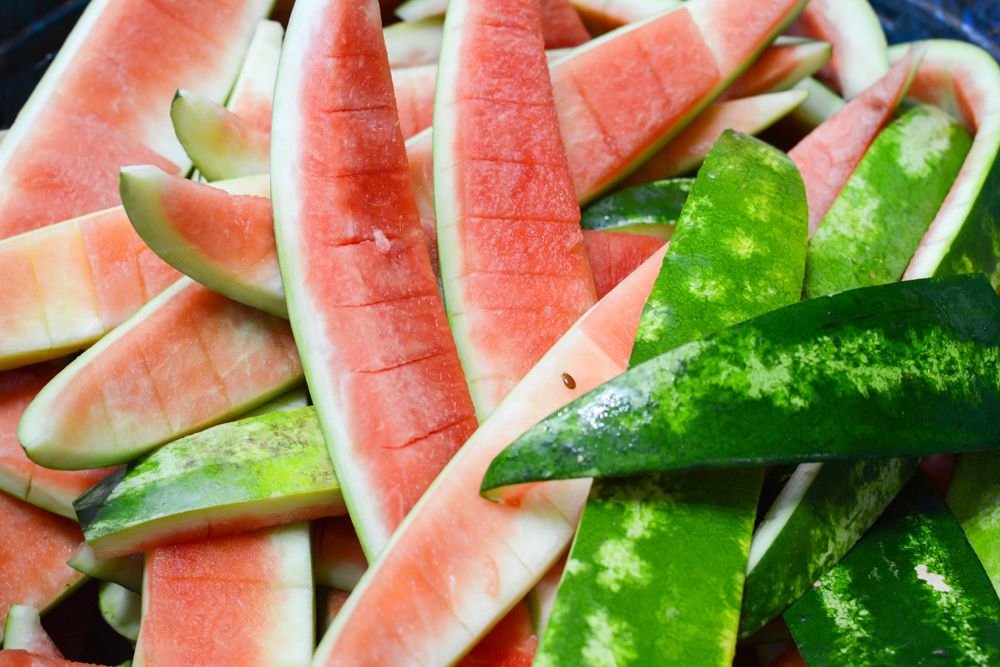
After savoring pieces of fresh watermelon, do you throw away those leftover rinds? Think again. The rinds that you think are a part of your waste, could actually act as an excellent anti-acne mechanism. Store them in the fridge and rub them directly on your skin for instant freshness.
#10: Butter wrappers
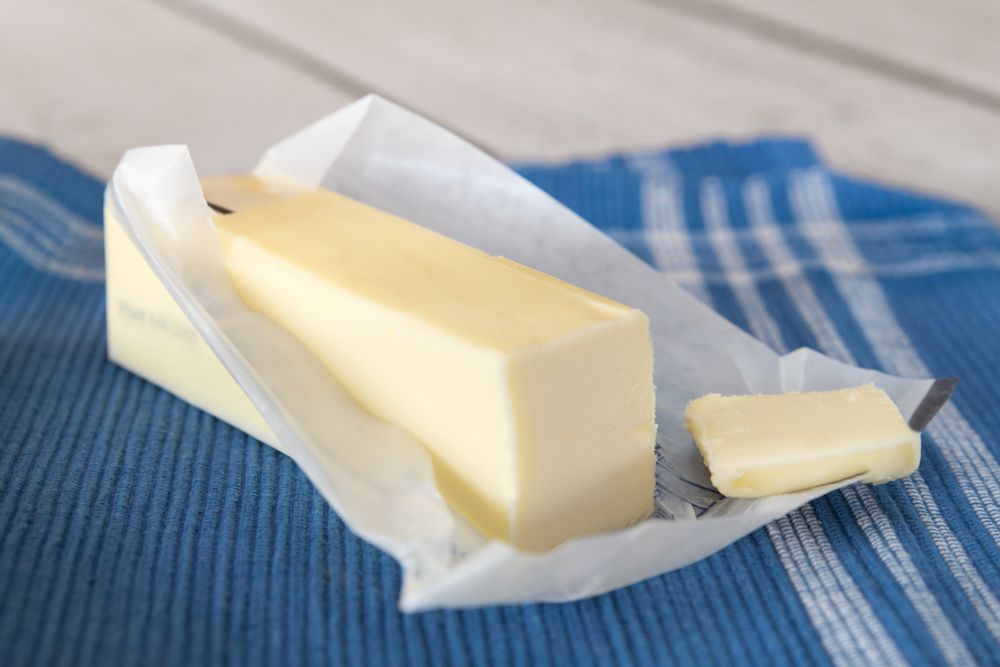
Indians love their butter. Don’t we? As a result, we are left with quite a few butter wrappers that end up in our kitchen waste. Instead of trashing them, use them to grease baking trays. The wrapper tends to have quite a bit of butter still clinging to it after the butter sticks are unwrapped. Just store them in the fridge and use them when required.
#11: Crushed egg shells

Egg and nut shells like pistachios and peanuts can be used as a natural fertiliser since they add calcium and aerate the soil. They are also a great addition to your compost especially if you’re using a vermicompost since they help the worms in reproduction. This is one of our favourite ways to reuse kitchen waste!
#12: Apple peels
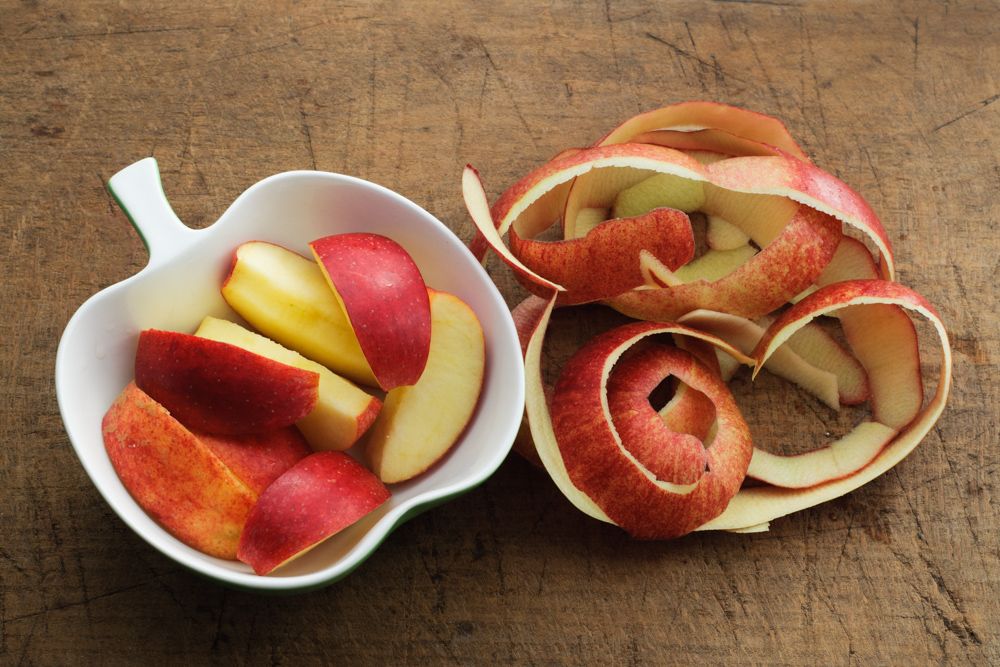
Did you know that apple peel can actually help in reducing dark circles? All you need to do is simply peel the skin off and keep it in the fridge. Once it is cold, you can place it under your eyes to reduce dark circles and puffiness. Apple peel is also effective against stains on aluminum utensils.
Tip:
Enjoy a cup of hot apple flavoured tea by simply boiling some apple peel with your regular back tea.
#13: Green onion stems
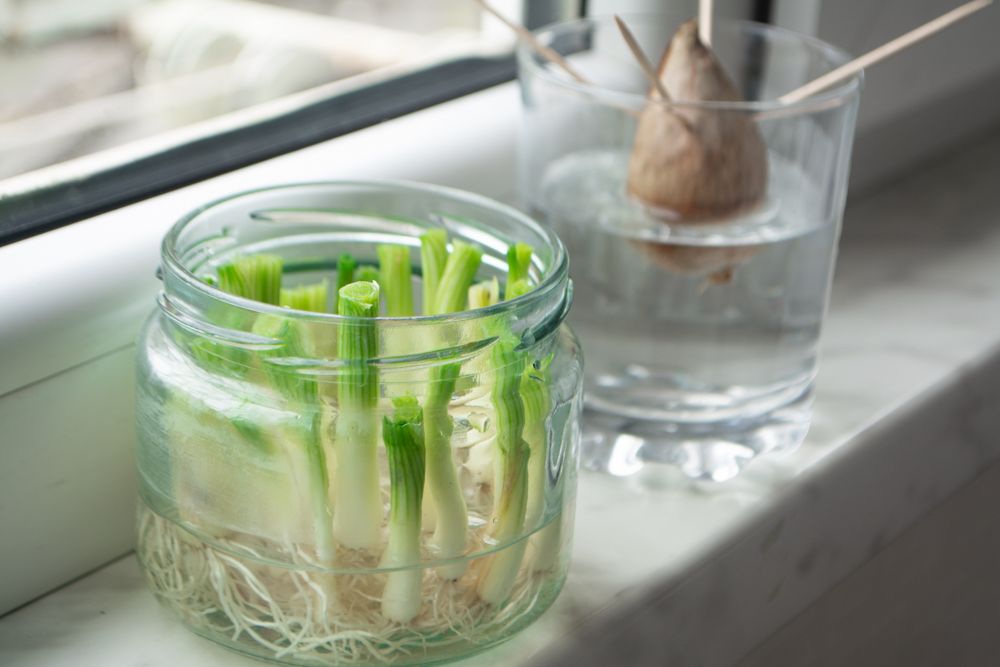
You will never have to buy green onions again after reading this. With going to the market becoming a difficult task each day and online grocery shopping taking the front seat, it is only intelligent to start growing your own stuff. Green onions are one such vegetable that you can grow easily. Take a part of the bottom stem and put it in water. You will notice it will start growing in a couple of days. Make sure to read other herbs you can grow at home.
#14: Paper towel rolls
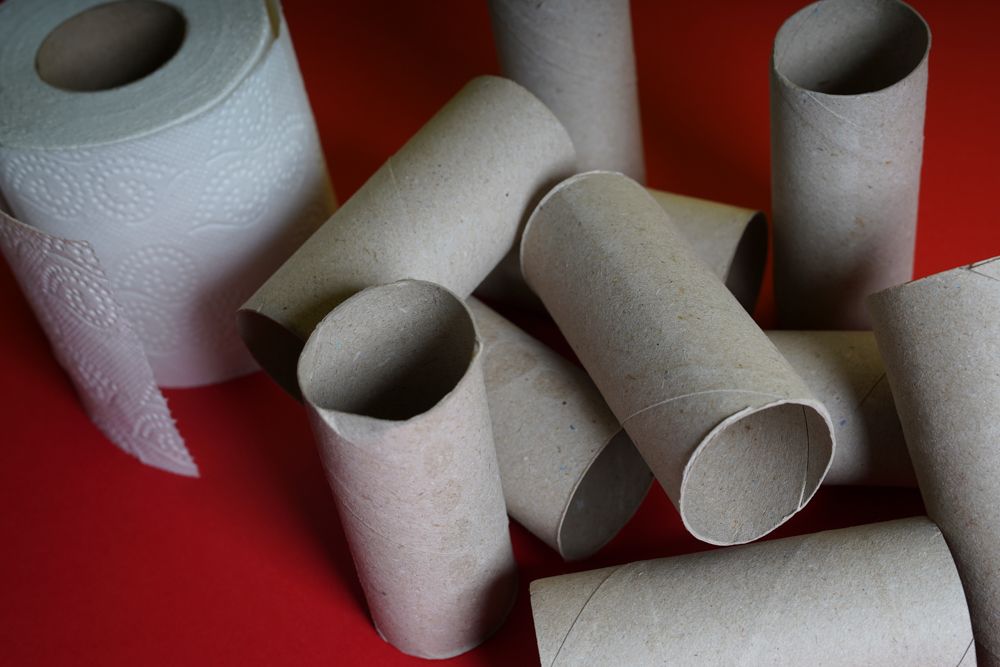
Who would have thought that paper towel rolls can be reused as cable organisers? Yes, you read that right. If you have lost those tiny metal organisers for your wires and cables at home, you can simply stack them inside empty paper towel rolls and they won’t move!
How to turn kitchen waste into compost?

As you all know, composting is the process of recycling kitchen waste into a nutrient-rich soil known as compost. Here are 4 simple steps to start composting today:
Step 1: Identify where you want to place your compost bin
It is ideal to have your composting spot in an open place or a place with good ventilation. Your kitchen, balcony, terrace or roof are great places to have your compost bin. If you don’t have any of these spots at home, then you can choose a corner at home, while we suggest against it.
Step 2: Segregate your waste
It is very important to segregate your daily waste to be able to start composting it. Start by separating edible kitchen waste like peels, skin, rinds and so on, in one container. Keep another container for dry waste like dried leaves, newspaper scraps, packaging boxes, etc.
Step 3: Choose or build your compost bin
This is the most important step in your composting journey. Select a container like a dustbin, bucket, or a garden pot. Now drill 4-5 holes at the bottom of this container to allow air to pass. Also, make sure you place a newspaper under your compost bin to avoid spills.
Step 4: Start the composting process
Layer the bottom of your container with soil to begin with. Maintain the level of wet and dry waste by adding it alternatively. If you are adding a heap of wet waste like peels and leftovers then layer it up with dry waste. Also, add soil to this once a week.
Do’s and don’ts to follow while composting
You will notice that compost bins smell. Naturally, it will, but if it is unbearable, then you are doing something wrong with the waste balance. Add more dry waste or make more holes wif this happens. After every few weeks, you must give the compost a toss with a rake to keep things moving. Your compost should be ready within 2-3 months and you can start using it in your garden and potted plants.
If you love reusing and recycling, then we have some ideas for furniture as well: From Junk to Funk: Easy Ways to Transform Furniture.
Send in your comments and suggestions to editor@livspace.com.





























